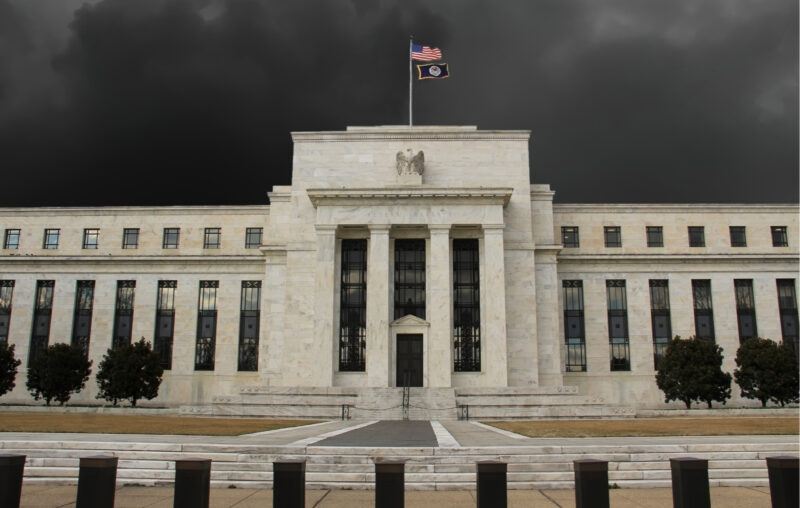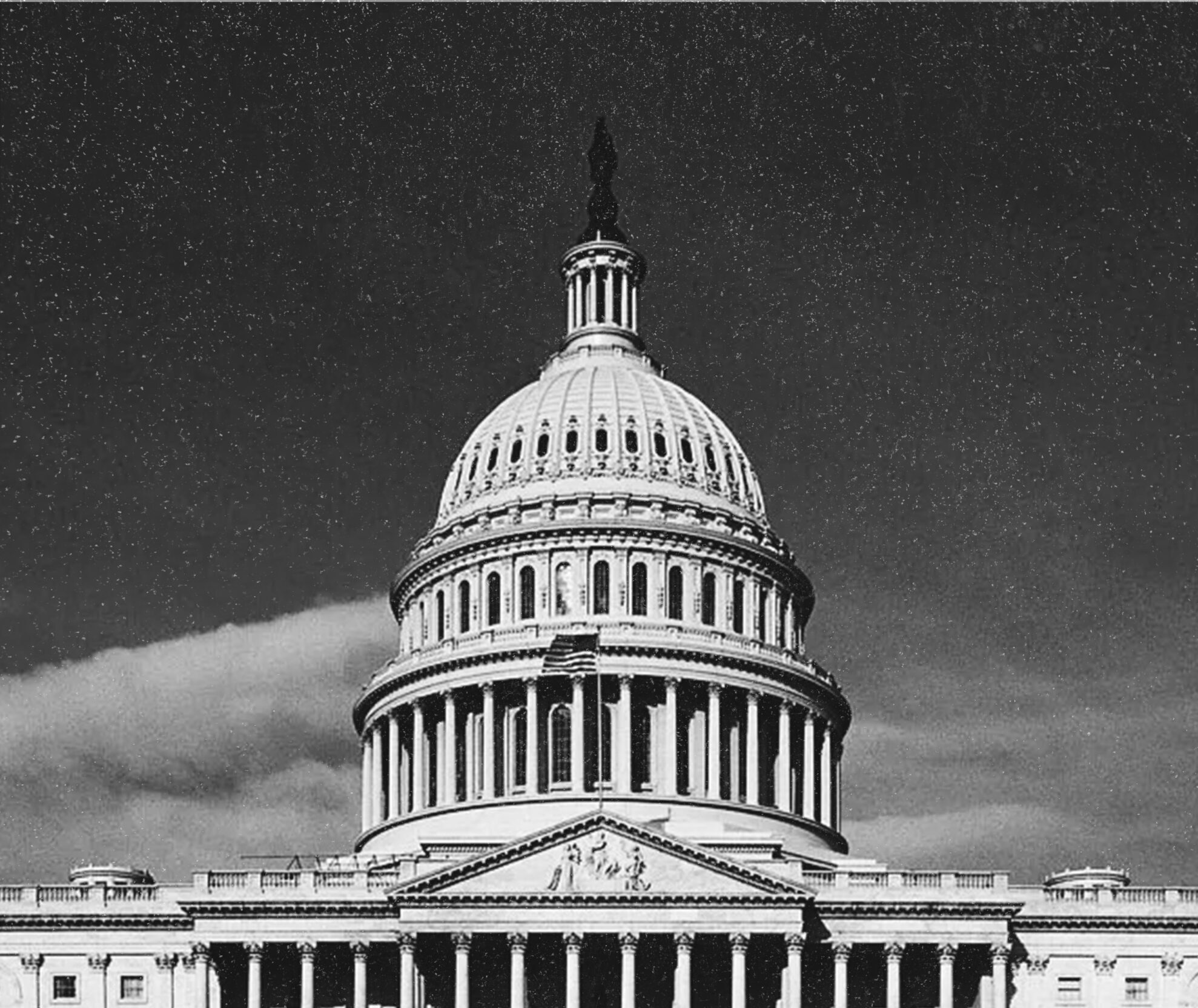
Inflation remained high in August, latest data show. The Personal Consumption Expenditures Chain-type Price Index (PCEPI) grew at a rate of 4.3 from August 2020 to August 2021. The PCEPI remains above the level consistent with the Fed’s average inflation target, as projected from January 2020.
A well-functioning central bank would anchor expectations on a long-run nominal target (e.g., the price level or nominal income) and then conduct policy in a predictable way to hit that target. Its forward guidance would be easy to follow. Fed officials would clearly indicate where its variable of interest stands in relation to the target, account for any deviations from said target, and chart a clear path back toward the target. Monetary policy would be boring. No one would even bother asking what the Fed will do in response to this or that because everyone would already know the answer.
Alas, we are not so blessed. The Fed has a target. But market participants do not believe it will take the requisite steps to hit its target. As a result, the Fed is left choosing whether to push forward with its target, at the risk of inducing a recession, or meet market expectations where they are at an elevated rate. Failing to hit its target might forestall a recession in the near term. But it also serves to reinforce the Fed’s lack of credibility, perpetuating the problem.
It is tempting to blame market participants. The whole situation might be avoided if market participants would just naively accept the Fed’s stated goal. But they don’t. And it is not obvious that they should. The Fed has systematically failed to hit its target in the past.
The Federal Reserve adopted an explicit inflation target in January 2012. “The [Federal Open Market] Committee judges that inflation at the rate of 2 percent, as measured by the annual change in the price index for personal consumption expenditures, is most consistent over the longer run with the Federal Reserve’s statutory mandate,” the Fed wrote in a statement of longer-run goals and policy strategy at the time.
Did the Fed hit its target? It was not even close. From January 2012 to January 2020, the PCEPI grew at an average annual rate of just 1.43 percent.
The Fed revised its statement in January 2016, clarifying that its target was symmetric. “The Committee would be concerned if inflation were running persistently above or below this objective,” it wrote. But the market generally doubted that the Fed would treat its target symmetrically. And the Fed generally confirmed their doubts. In the 48 months from January 2016 to January 2020, inflation exceeded 2 percent on just 11 occasions. Inflation averaged 1.62 percent over the period.
In August 2020, the Fed revised its statement yet again. Its revised target is not merely symmetric. Now, “the Committee seeks to achieve inflation that averages 2 percent over time, and therefore judges that, following periods when inflation has been running persistently below 2 percent, appropriate monetary policy will likely aim to achieve inflation moderately above 2 percent for some time.”
The move to an average inflation target was sound. The price level declined in March and April 2020 and did not recover to its pre-pandemic peak until July 2020. If credible, an average inflation target would assure markets that the Fed will do whatever it takes to see inflation catch up with expectations and, in doing so, help the economy avoid an unnecessary recession.
But the Fed’s average inflation target was not credible.
Rather than letting the price level grow at an average rate of 2 percent, as projected from January 2020, the Fed permitted the price level to grow even more rapidly. The price level has remained above that consistent with a 2-percent growth path since April 2021. Data released today for August 2021 shows that the price level is currently 1.6 percentage points above the 2-percent growth path (again, as projected from January 2020).

Having persistently undershot its inflation target for nearly a decade, the Fed now looks poised to err in the opposite direction. Market participants certainly expect so. Bond markets have priced in an annual inflation rate of 2.51 percent over the next five years and 2.37 percent over the next ten years. They have priced in 2.23 percent annual inflation over the next 30 years.
That’s right: bond markets do not expect the Fed to hit its average inflation target over the next thirty years! It is truly incredible.




